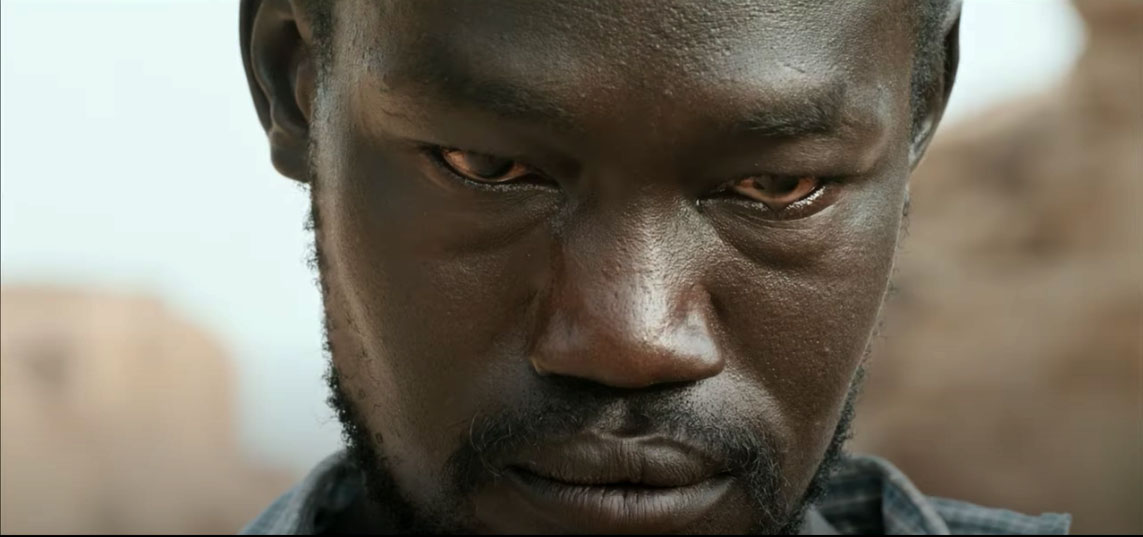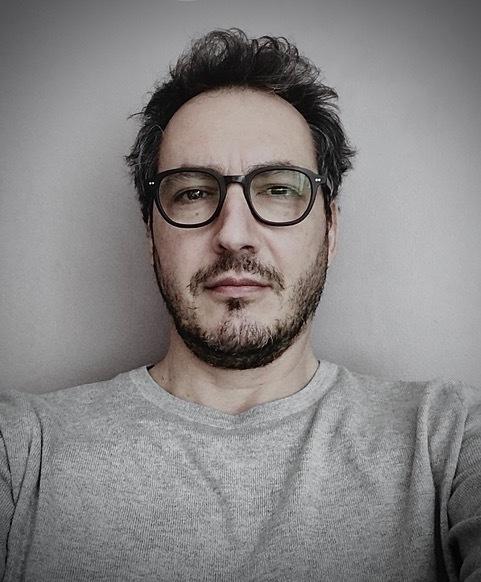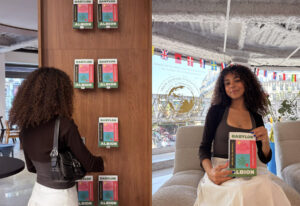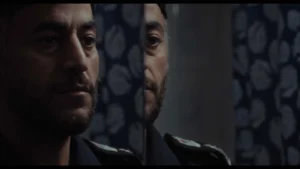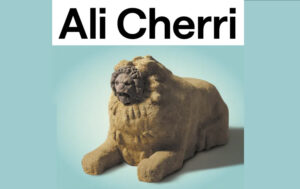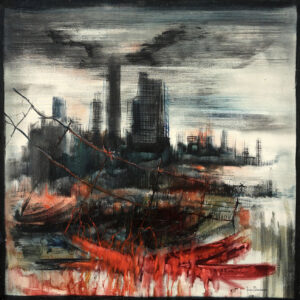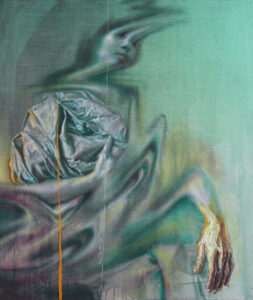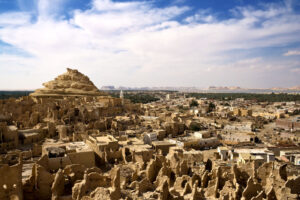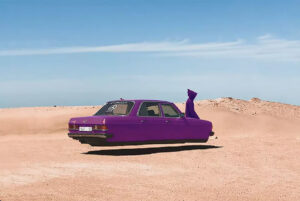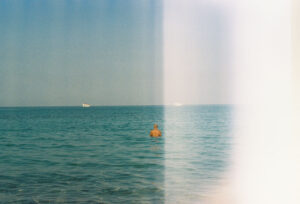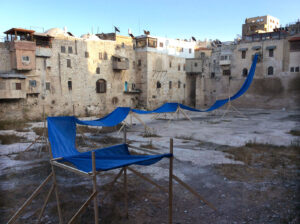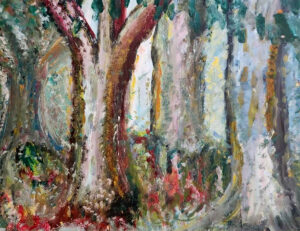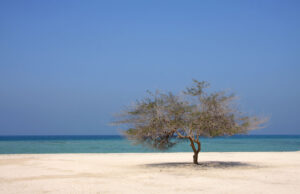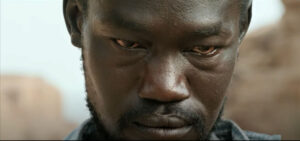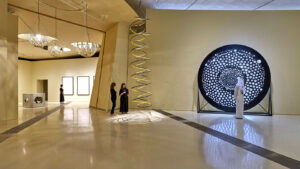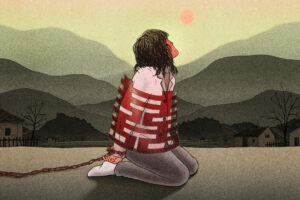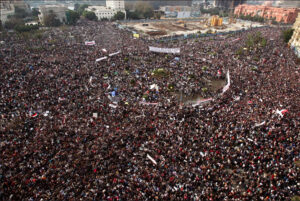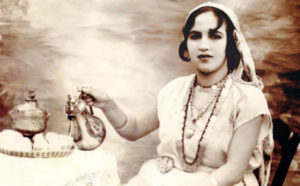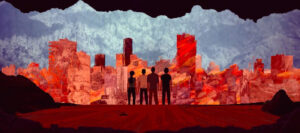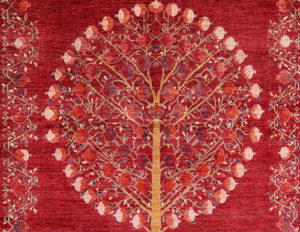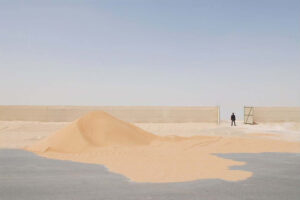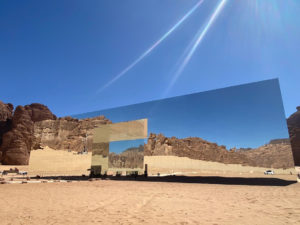In Sudan, near the Merowe dam, Maher works in a traditional brickworks fed by the waters of the Nile. Every evening, he secretly ventures into the desert to build a mysterious structure out of mud. As the Sudanese people rise up to demand their freedom, his creation seems to come to life.
What is Maher building, hidden away in the middle of the desert? We will probably never know. Does it really matter?
Maher is a Sudanese worker, a mason who makes bricks with mud gathered from the banks of the Nile. We understand from a quick phone call that he has family somewhere, but that is all. He lives in a makeshift shelter on the banks of the river, with his colleagues.
In the distance is the revolution that will put an end to the dictatorship of Omar Al-Bashir, whose progress we hear sputtered from the crackling of a radio.
All around this brick factory you have the desert. A flat mountain is the only relief in the area. Not far away, we hear the roar of the Merowe Dam, which spits out torrents of water towards who knows which part of the desert — or for what purpose.
Necessity, on the other hand, can be felt when the foreman arrives in his car to hand out a few tickets to his workers, without even bothering to get out of the driver’s seat, and when he neglects to pay certain workers as soon as one of them comes to claim his due. Necessity is Maher’s when he comes to borrow, for the umpteenth time, a friend’s motorcycle to go build his pyramid. Because we are not very far from the pyramids — from the other pyramids, not the Egyptian ones but those of Meroe, of the black pharaohs, almost forgotten.
Maher’s pyramid is impressive. Made with only the strength of his hands, it looks alive. It looks like a monster, a giant, a wizard. It looks like the nightmare that haunts his hallucinated nights, during which he wanders in a dense forest, a forest that probably does not exist in this corner of Sudan.
Maher is injured. On his side, an open wound sticks to his tee-shirt during the day, and bleeds at night. Maher is in a little pain. Not enough to stop working (does he have a choice?), but just enough to go to a doctor’s office in the nearest town. The compress that the female doctor applies to him seems to be as effective as a Band-Aid on a wooden leg.
In short, events do not seem to have much of a hold on Maher’s reality. Only his mysterious work, similar to Kurt Schwitters’ “Merzbau” artwork, is important to him. But here, in this corner of the world, human constructions are at the mercy of the elements. What then can Maher’s mud construction do against the torrents of water that pour down on it, caused by the wrath of the sky — or, more prosaically, by global warming?
In The Dam, Ali Cherri, a contemporary artist, subtly plays the narrative card while offering the viewer an art film that falls somewhere between documentary, fantasy and experimental film.
Maher, the main character, is played by Maher El Khair, a worker in the brick factory whose real name Ali Cherri has concealed. Cherri chose his character as Robert Bresson cast those he called models rather than actors. His direction of the actor is a tour de force: Maher’s face becomes by turns neutral, childish, demonic, and frightening, without the slightest trembling of an eyebrow. He thus gives us a glimpse of the interiority, the spirituality of the young worker.
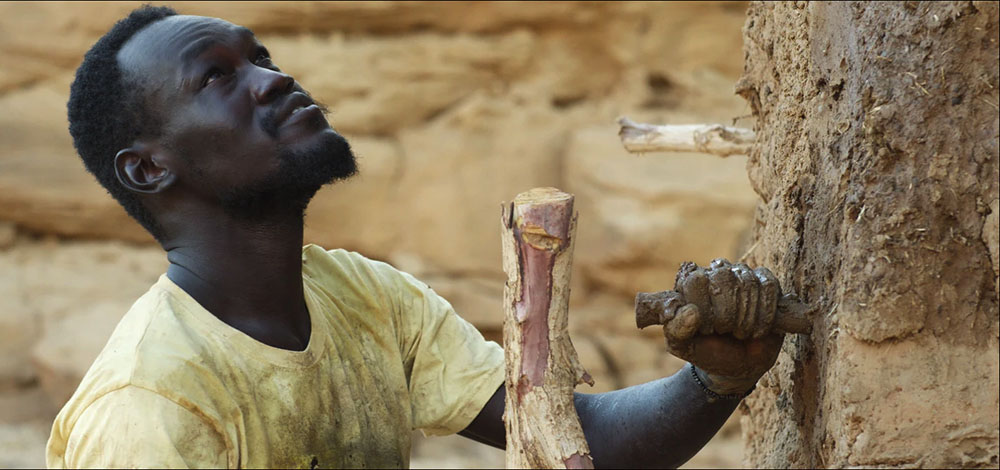
The steady cam shots are perfectly constructed, and Cherri’s framing, his scene compositions, are as evocative as paintings. We have before us an art film whose irreproachable aesthetics are as much to be discussed as the scriptwriting. At the same time, Cherri does not explain anything; he shows. There is symbolism, of course, as in any work of art that proposes a representation to the viewer, but leaves it up to the viewer to determine its meaning, depending on where we stand in our relationship to art.
In its haze of meaning and mystical light, Cherri’s film may call to mind for some the work of Thai auteur Apichatpong Weerasethakul. Another such film is Goutte d’Or, by Clément Cogitore, an important artist on the French contemporary art scene, now being released in France — an impressive film of mastery too, which appeals to beliefs, mysticism, and the unexplained.
So, what can we say about this mystery The Dam? Well, we can talk about its undeniable beauty, about the aridity of its scenario, as dry as the Sudanese desert into which it plunges us. And from this inexhaustible source of water, this dam in the middle of the desert, which does not provide providential water, but represents a real danger. Indeed, the currents caused by the opening of the gates kill the workers of the brick factory who wash or relax in the waters of the Nile as soon as their hard work is over.
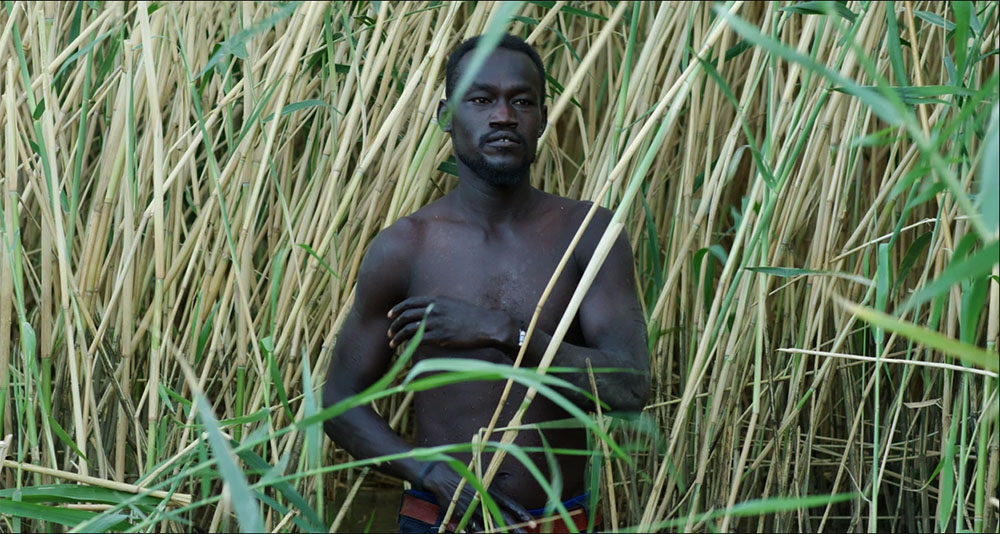
This dam, which gives its name and all its power to the film, is an above-ground monster, like the one Maher dreams about.
It is perhaps this track towards which we can go. The poverty of the workers, of the houses, of the soil is put into perspective by the force with which the dam throws back its waters with noise, but without any real function.
Faced with this lack of purpose, Maher builds his pyramid, his mausoleum perhaps. This is what remains for him and the other men of the site, as poor and destitute as they are. They use their craft skills to build their own tomb. This is all that the globalized system offers them.
In The Dam, and in the energy that Maher puts into creating this immense sculpture, one can also see the birth of art. For this work of “land art” that the Sudanese worker erects has no purpose; it has no other function than to be the fruit of the deep desire of its author, its real necessity. The quintessence of the act of creation.
One could say that creation and desire are the last riches that will remain to us beyond any dispossession, after the climate crisis crushes civilization. The Dam seems to suggest that even the ravages of Mother Nature cannot take them away from us, and that is precisely what Maher faces with unwavering strength. It is the strength of those who have nothing left to lose.



